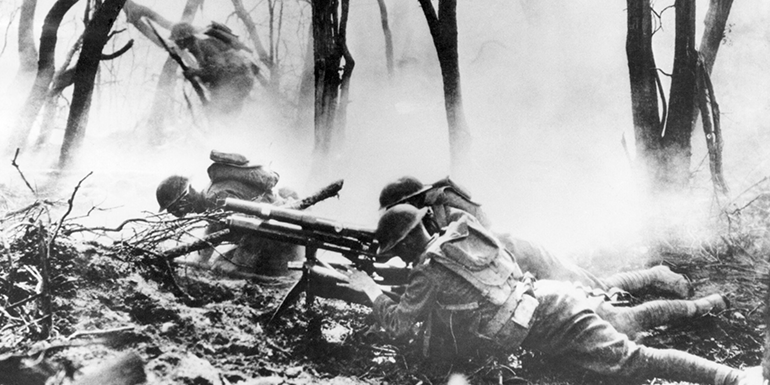World War I enthusiasts started a project to create one of the best resources available to track the passing of fallen soldiers.
Celebrating those who have gone before us keeps those who have passed spirit and memory alive. It is not possible to know the past of every descendant, but there are groups of people around the world who become enthralled with the mystery of unknown ancestors. Beginning a long journey into the process of genealogy.
Researching World War One vets
World War I tends to live in the shadow or World War II when it comes to the resources available about the war and those who served in it. Likely due to the magnitude of the war that followed only a quick 21 years later.
One particular and crucial battle has in particular been difficult to trace. The famous Meuse-Argonne Offensive, which took 350,000 lives was the bloodiest battle in World War One and has stumped two enthusiastic researchers looking into the past of those in the trenches.
World War One vets get online profiles
Enthusiasts Andrew Capets and Weldon Hoppe separately started the process of looking into WWI vets only to come up discouraged by the lack of information available. Despite the difficulties, each found small but valuable tidbits that they wanted to share and make public. They ended up finding each other on Facebook and started to work together to try and connect their findings.
Capets found a collection of burial cards for WWI soldiers, but they were simply scanned, rather than fully digitized. Meaning that it wasn’t possible to do a quick name search. Hoppe meanwhile had discovered four books that indicated the burial plots of the soldiers and had started mapping them based on the coordinates.
Individually the information was interesting, but together their information is a powerful resource that creates a new story and record of World War One vets. Capets said: “These projects help one another,” “We’re taking data from these burial cards and mapping it, and you start to get a bigger picture of where some of the battles were and where some of these men fell.”
They decided to pitch to Zooniverse to see if they could create a publicly available database. Zooniverse is the world’s largest and most popular platform for people-powered research and supported by companies like National Archives and the Ancestory.com, military genealogy brand Fold3.
Zooniverse accepted the project and now Capets, Hoppe, and volunteers are busy building a database of the burial cards and mapping them out. Of the many insights gained by entering the data Capets said: “What’s fascinating to me about the burial cards is that some of these men were buried two, three, even four times,” “They were buried on the battlefield; they were maybe moved to a ‘concentration cemetery’ (for foreign soldiers), then sometimes moved to another cemetery, whether it was an American cemetery overseas or back in the U.S.”
The entries are now coming along and researchers are already benefiting from the information. With one researcher stating: “I have used the burial cards to help verify the names and numbers reported by the ABMC. Searching the data allowed me to identify a soldier killed who was previously unidentified in my research.”
They welcome everyone to get involved and help create a digital legacy for 78,000 individuals they have records of who laid down their lives for a better future.
